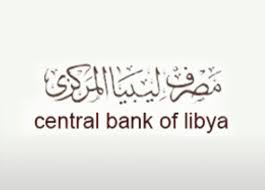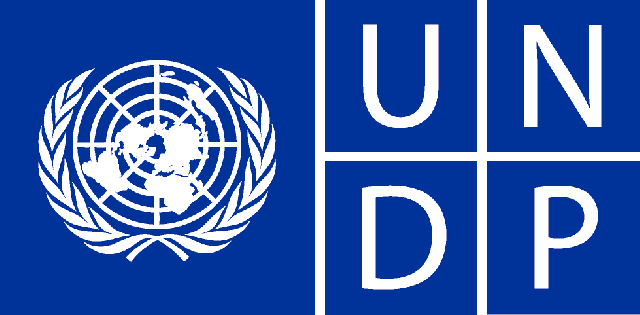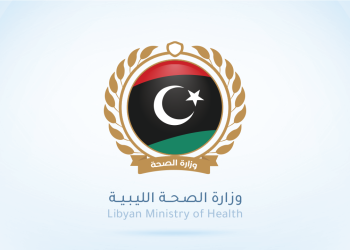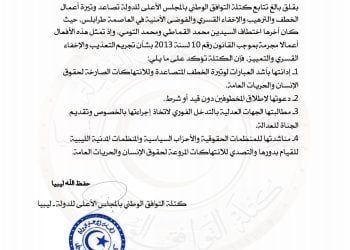The Central Bank of Libya (CBL) published on 4 January on its website its data on the Libyan government’s revenues and spending for 2022.
The data had revealed that total revenues were LD 134.4 billion, and total expenses were LD 127 billion. These included salaries of LD 47.5 billion, fuel subsidies of LD 20 billion, development / projects LD 17.5 billion, and the operational budget of LD 9 billion. To this end, Libya Herald invited several economists, financiers, and business leaders for their analysis and reflection on the CBL data. Their response was worrying for the CBL and its international allies and partners including the IMF and World Bank.
December sudden spending increases violate state’s financial law and regulations
Idris Al-Shareef, a writer specialized in the economics, confirmed that through a quick reading of the CBL data and the attached tables, the following can be observed:
- A sharp jump in government revenues and expenditure in December of over 50 percent over the previous 11 months.
- An important part of the increase in expenditures during the month of December focused on the third chapter (development expenditures), which jumped from LD 614 million by the end of November LD 17.5 billion dinars by the end of December – an increase of nearly LD 17 billion in just one month.
- Al-Shareef pointed out that it is certain that not a single development project has been spent on from this increase. He said that the reason for the increase is known, which is the CBL Governor’s implementation of the Prime Minister’s decision to raise the allocations for the transfer to the trusts account so that the unspent money is not returned to the CBL at the end of the year. This action, Al-Shareef said violates the procedures stipulated in the state’s financial system’s laws and its regulations.
- Al-Shareef said it had been expected that the CBL Governor would continue to adhere to his previous commitment to the decision of the Speaker of Parliament not to spend except on necessary items such as salaries and subsidies, which he had committed to from the beginning of 2022 until the end of last November.
- He pointed out that the jump in the expenses item represents the disbursement of the entire exceptional budget of the National Oil Corporation (NOC), so that the total amount disbursed to the NOC exceeded LD 34 billion during 2022, of which LD 15 billion was in the month of December alone.
- Al-Shareef said that it was expected that this amount would be distributed over several years, as it is impossible for the NOC to be able to disburse this amount legally before the end of the year.
- He added that the other increase was in the field of subsidies, which jumped from LD 17 billion at the end of November to LD 20 billion at the end of December, an increase of LD 3 billion in just one month!
- Therefore, Al-Shareef believes that the report shows the great imbalance in the government’s priorities by not directing most of its operational expenditures to the most important sectors of the economy or those related to basic and vital services for citizens such as education and health.
- For example, Al-Shareef said, the operational budget of the Foreign Ministry is equivalent to about four times the combined operational budgets of the three Ministries of Education (Higher, General and Vocational). Meanwhile, the Foreign Ministry’s development budget was three times the size of the budget allocated to the above mentioned education ministries.
CBL’s data inconsistent – not of the highest standards of disclosure and transparency
For his part, Mohamed Ahmed Al-Shahati, a writer specializing in the field of oil in particular and the economy in general, said, “I was completely disappointed when I was reading the CBL’s statement on revenue and spending for the year 2022, and I wondered if that would happen again in 2023’’.
He said the data is inconsistent in an unbelievable way to that published by several other government agencies. It has raised more ambiguous and more complex questions. He pointed out that the NOC and the Ministry of Finance have stopped regularly publishing data and contented themselves with some irregular or time-spaced data, while the CBL continued to insist that its monthly data achieves what it described as the highest standards of disclosure and transparency, noting the apparent incoherence in the statement, starting with the use of approximate numbers.
For example, Shahati pointed out that:
- The rounding up in the CBL’s data amounts to hundreds of millions of dinars or dollars.
- There was also the problem of the lack of a clear sequence by merging the figures of the past months with the new monthly figures.
- The non-disclosure of the exchange rates used to calculate the oil revenues.
- The failure of the beneficiaries to confirm their receipt of the declared amounts.
CBL data has systematic shortcomings
In light of this systematic shortcoming, Shahati said no researcher or observer can verify the validity of the data published by the CBL except for the CBL’s insistence that it is accurate.
Shahati went on to say, “Let’s leave the numbers issued by the Central Bank, as they are not worth the trouble of reviewing, and let us focus on page 6 of the data document in which the CBL announces its reservations about the published numbers and about the actions of the parties related to the statement, so that we know that the efforts made in putting this statement do not deviate from the first point. Or rather, the following sentence: Within the framework of the efforts of the CBL to achieve the highest rates of disclosure and transparency in response to local and international demands.











